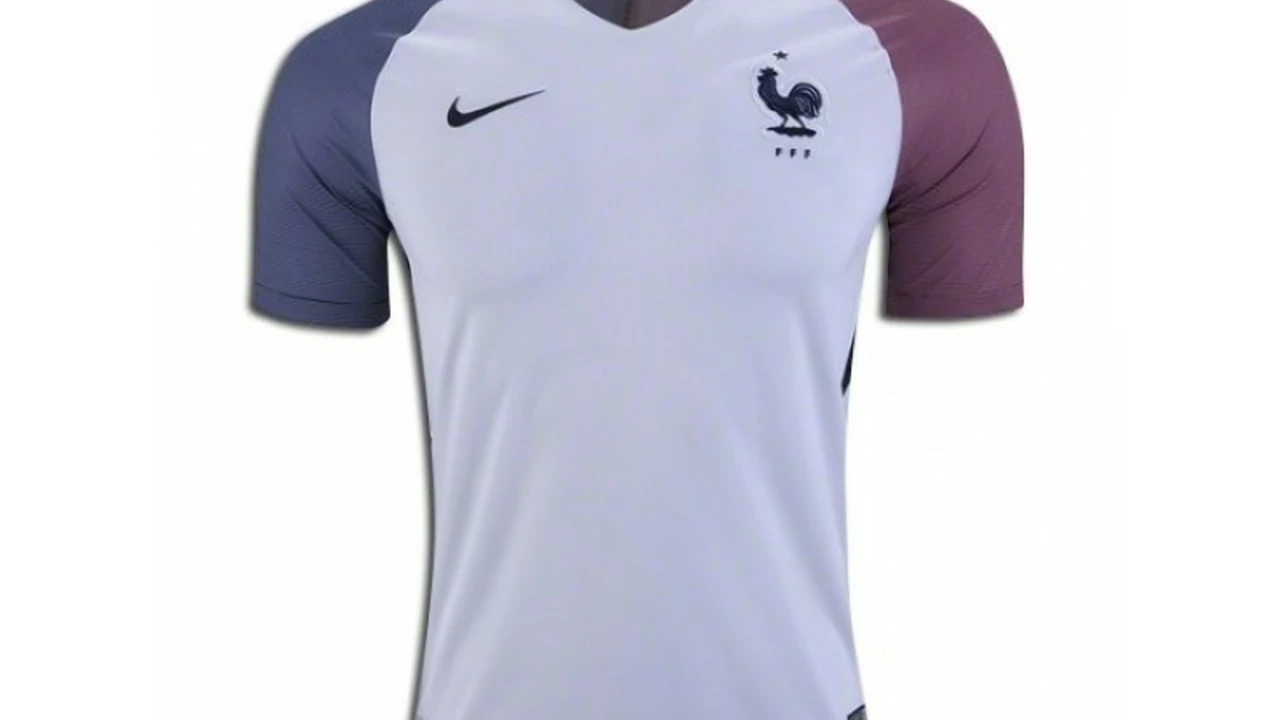Exploring the History of Soccer Jerseys
Let's dig deep into the roots of soccer and its jerseys. The very first soccer jerseys were not even close to what we see players wearing today. They were more like thick cotton shirts, not ideal for a physically demanding sport like soccer. Over the years, these jerseys have evolved. The first major change came in the 1960s, when synthetic materials were introduced. This made the jerseys lighter and more comfortable. The 90s saw the advent of moisture-wicking technology, making them even more suitable for the players. Today, we see jerseys made from recycled materials, reflecting the shift in societal values towards environmental sustainability.
The Significance of Colors and Designs
The color and design of a soccer jersey hold much significance. Often, the colors are deeply rooted in a team's history or represent the city or country they belong to. For instance, the Brazilian team's yellow and green jersey symbolizes the country's lush forests and abundant sunshine. On the other hand, the design often reflects the current trends or incorporates elements of the team's logo or crest. Some teams also use their jerseys as a medium to convey messages or causes they support.
Iconic Soccer Jerseys
When we talk about soccer jerseys, some instantly come to mind because of their iconic status. The yellow and green of Brazil, the blue and white stripes of Argentina, the red of Manchester United, the black and white stripes of Juventus - these are jerseys that are recognized globally. They have become synonymous with the teams they represent and have a significant influence on the global popularity of these teams.
Personalizing Your Soccer Jersey
Personalizing soccer jerseys has become a trend among fans. It's a way to show support for your favorite team or player. You can choose to have the name and number of your favorite player printed on the jersey, or you can have your name and favorite number instead. Some fans also choose to have a meaningful phrase or date printed on their jerseys. Personalizing your jersey not only makes it unique but also creates a deeper connection between you and the sport.
The Commercial Aspect of Soccer Jerseys
Soccer jerseys are not just a piece of clothing; they have become a significant source of revenue for soccer teams. The sale of jerseys contributes a substantial amount to a team's income. Moreover, jerseys also serve as a platform for advertising. Many teams have sponsor logos printed on their jerseys, which brings in additional revenue. It's a symbiotic relationship where the team gets financial support, and the sponsor gets global exposure.
The Role of Jerseys in Promoting Soccer Culture
Soccer jerseys play a crucial role in promoting and sustaining the soccer culture. They are not just worn during games, but also off the field. Fans wear jerseys to show their support, to identify with their favorite team, and to feel a part of the soccer community. Soccer jerseys have transcended beyond the sport and have become a part of our everyday wardrobe. They are worn casually, at parties, and even at work. In essence, soccer jerseys have become a fashion statement, a symbol of passion for the sport, and a way to express one's identity.
